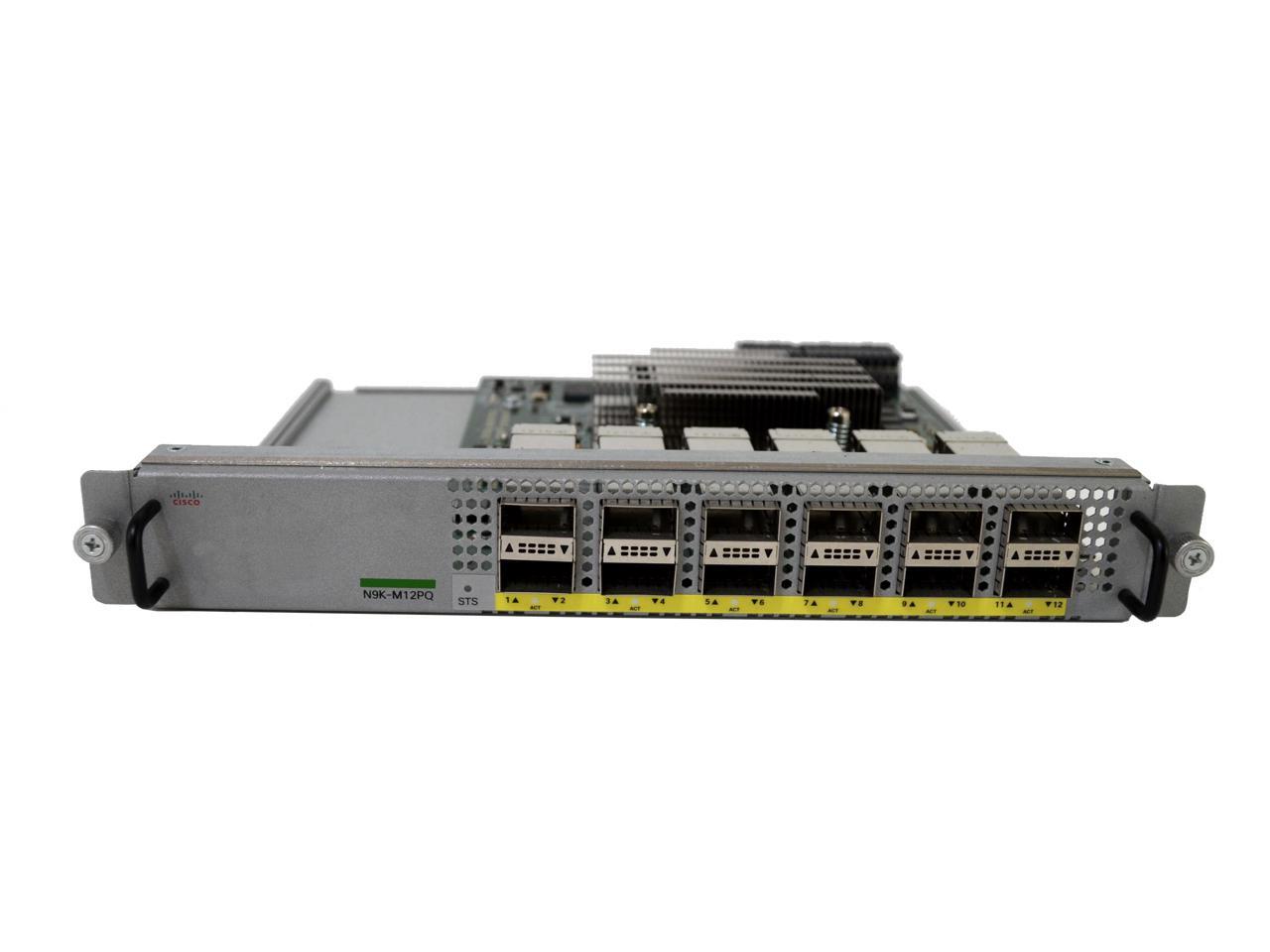

Impact of Remittances on Local Economies in Origin Countries from a Gender PerspectiveĤ.Nexus Ultimate v16.5 complete change log:įile format of screenshots taken by the 'Capture Desktop' internal command can now be set as either JPG or PNG.įilled histogram colors used for the CPU, Net and RAM Meter icon modules are now a bit transparent so the background of the icon can still be seen. Introduction to Gender, Migration, and DevelopmentĢ. The manual is divided into the following sections:ġ. The manual aims to provoke thinking and action around migration and development from a gender and rights-based perspective, bringing to the fore migration for care, the importance of putting the right to care on the development agenda, and migrant women’s rights.

The manual, which is available in English and Spanish, is divided into a facilitator’s guide and four training guides, each of which has a self-directed learning section and an activities section for designing face-to-face trainings. The manual also offers a series of tools to help design programmes and policies that strengthen the positive effects of migration in terms of development, both in origin and destination countries. The training manual "Gender on the Move: Working on the Migration-Development Nexus from a Gender Perspective", aims to build the gender analysis capacity of those working in the field of migration and development to bring about a model of development that is centered on people, human rights, and on the principle of gender equality. Migration and remittances have great potential to contribute to development, but also present new challenges. Migration policies and practices have been slow to recognize these risks and take steps to make the process safe for women. For many, migration yields these benefits for others, it carries dangerous risks, such as exploitation in domestic work, and vulnerability to violence. J PetrozzielloĪround the world, a record number of women are now migrating to seek work and better lives.


 0 kommentar(er)
0 kommentar(er)
